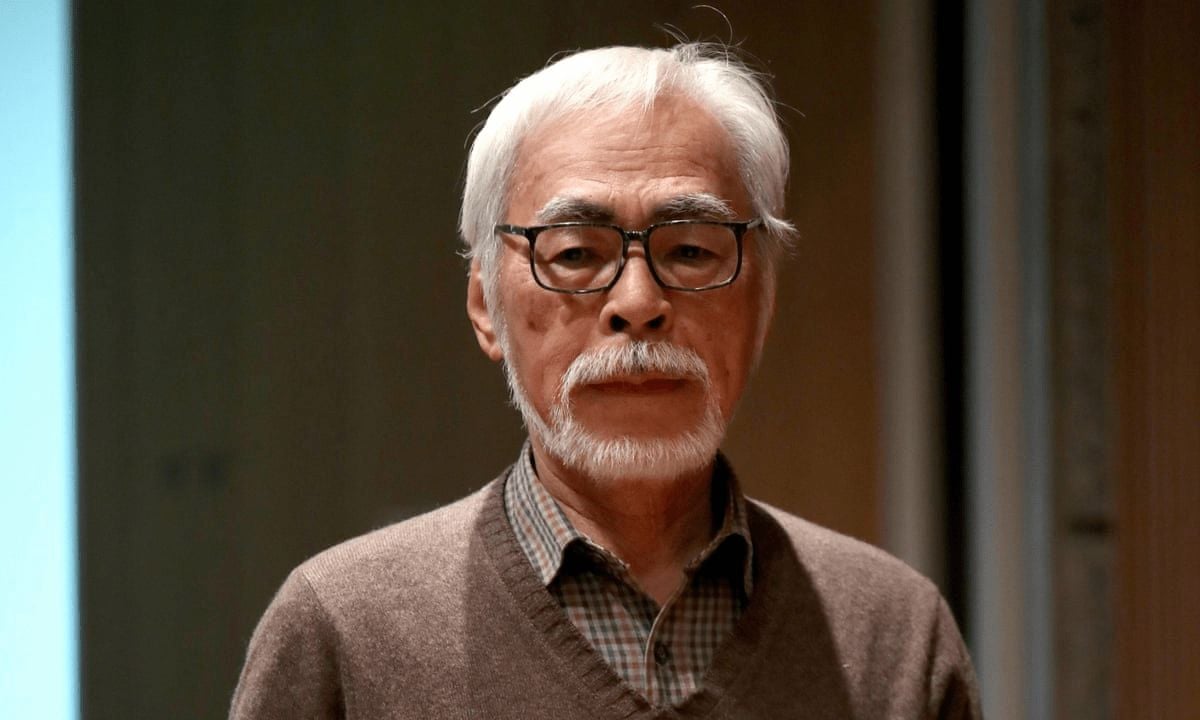The Inception of a Legend in The Castle of Cagliostro
Before the dawn of the 80s, Hayao Miyazaki had already begun to shape his unique artistic vision with The Castle of Cagliostro (1979). This early work, while part of his filmography’s bedrock, exhibited the hallmarks of what would become the Miyazaki style: a gallant hero, intricately painted backdrops, and an immersion into nature and impressive architecture. It’s a film that not only set the stage for his future endeavors but also stands as a testament to his burgeoning storytelling prowess. But Miyazaki, who previously worked on episodes of the “Lupin III” TV series along with fellow eventual Studio Ghibli co-founder Isao Takahata, has imprinted “The Castle of Cagliostro” with his artistic sensibilities. Besides depicting a more gallant hero, the film includes beautifully painted backdrops from nature and impressive architecture,
setting a precedent for his later works.
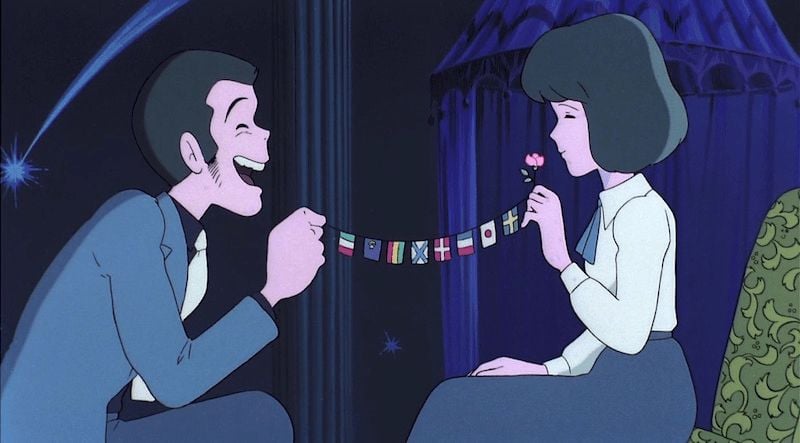
Nausicaä’s Pioneering Flight into the 1980s
As we soar into the 1980s, Nausicaä of the Valley of the Wind (1984) marks Miyazaki’s first film of the decade. It’s a tapestry woven with environmental themes and gender politics, where war and pacifism clash in an epic narrative. The attention to detail is nothing short of meticulous, capturing every hue in an ohmu’s eyes and each strand of Nausicaä’s billowing hair with precision. The detail in every frame is immaculate, accurately capturing every changing hue in the ohmu’s eyes or every strand of the princess’ billowing hair,
which speaks volumes about Miyazaki’s innovative animation techniques. This film is not just a visual marvel; it’s a statement on the ethics of humanity and our relationship with nature.
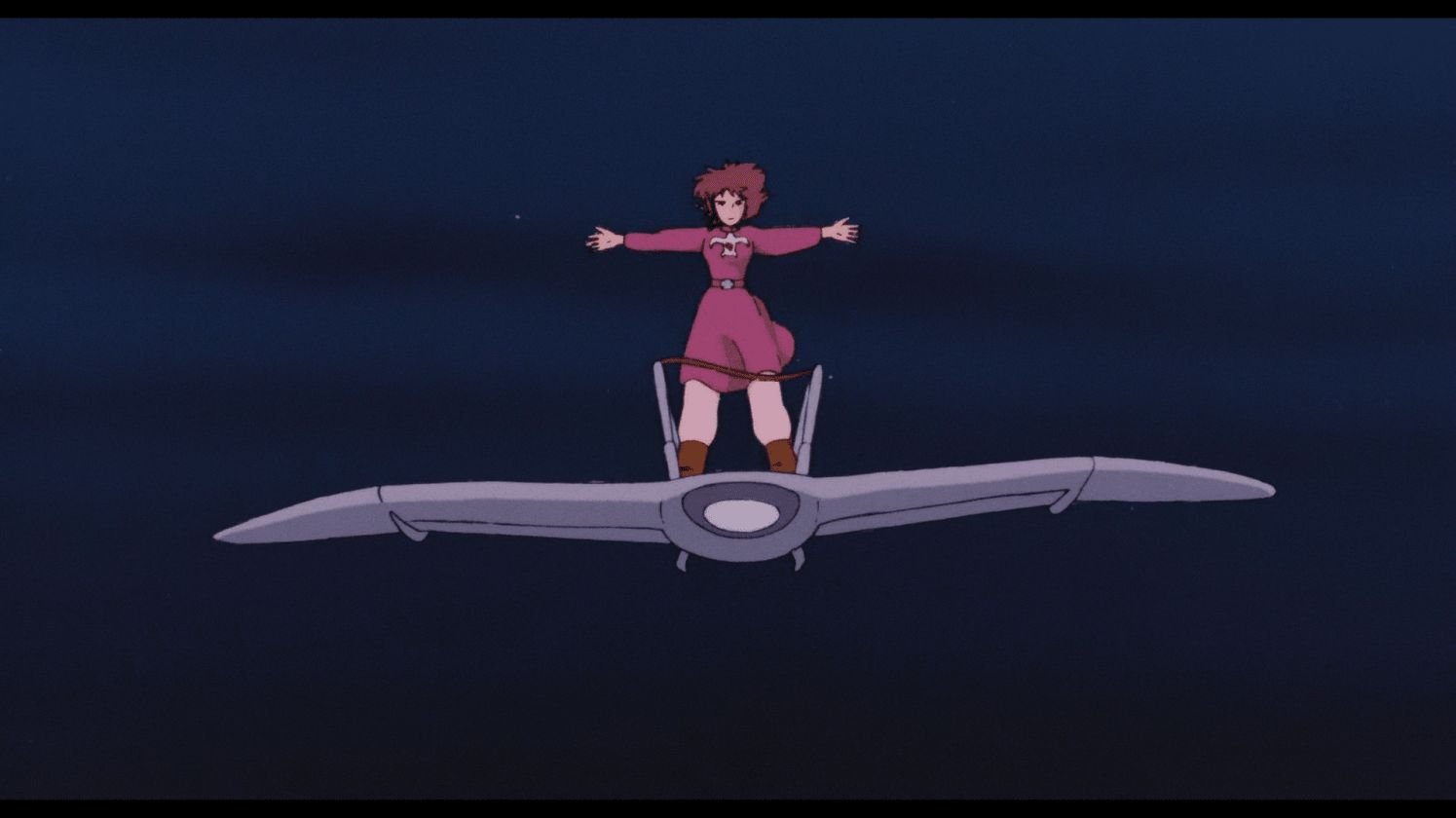

An Adventure Above The Clouds in Laputa Castle in the Sky
In 1986, Miyazaki invites us on an adventure above the clouds with Laputa: Castle in the Sky. This film not only continues to develop his distinctive animation style but also introduces us to characters that would become beloved by audiences worldwide. Pazu and Sheeta’s journey through floating islands and sky pirates encapsulates Miyazaki’s ability to blend fantasy with heartfelt storytelling. It is this blend that has drawn comparisons between Miyazaki and legends like Walt Disney and Steven Spielberg.


The Endearing Legacy of My Neighbor Totoro
My Neighbor Totoro (1988), a film synonymous with Studio Ghibli’s brand, is where we delve into innocence and nature’s beauty. This heartwarming tale has not only become a cultural touchstone but also showcases Miyazaki’s themes of family and nature. Miyazaki’s films often tackle pressing social and environmental issues,
which is evident as we witness two young sisters encounter friendly forest spirits in rural Japan. Totoro himself has become an icon, embodying the whimsical charm that is quintessentially Ghibli.
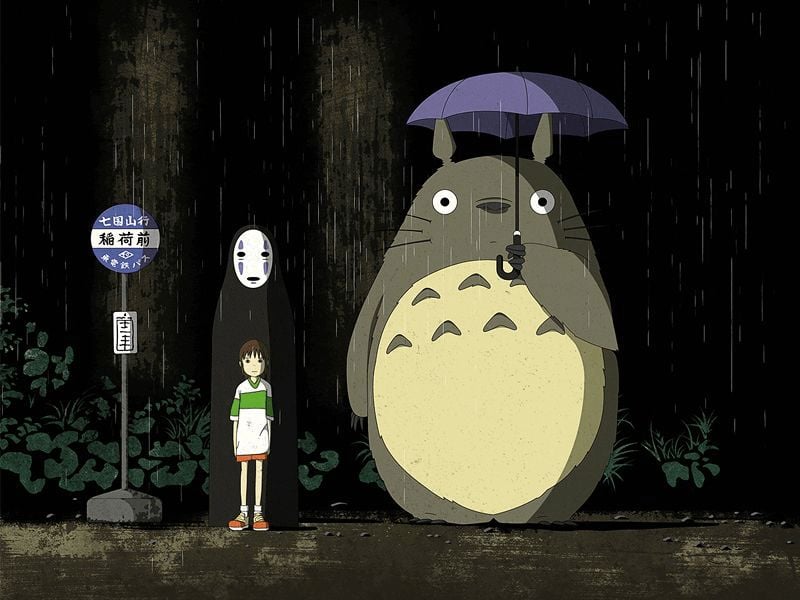

Kiki Takes Flight in Her Own Coming-of-Age Tale
Kiki’s Delivery Service (1989) follows a young witch named Kiki who embarks on a journey towards independence. As she settles into a new town and starts her air delivery service, Kiki represents growth and personal development—a coming-of-age trope that Miyazaki depicts with warmth and sincerity. The film highlights his ability to craft narratives around strong, independent female protagonists who resonate deeply with audiences. Kiki represents coming-of-age trope, growth, and development,
making her story one that inspires viewers to find their own way.
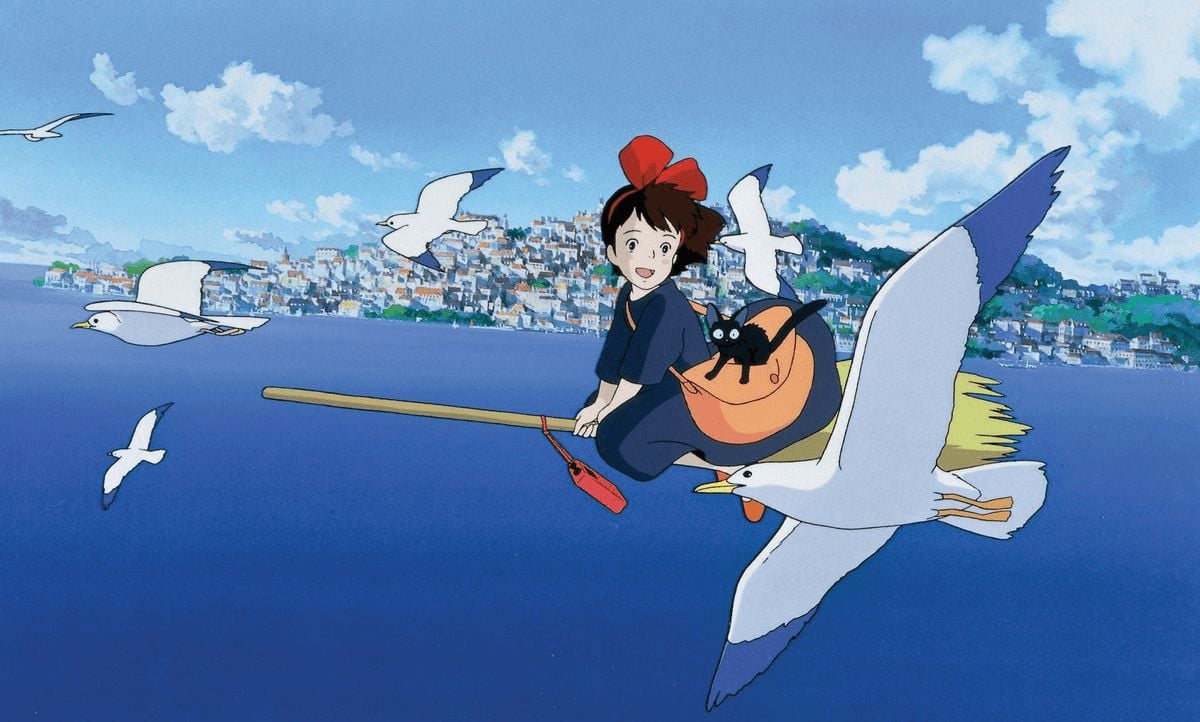

Beyond Directing The Broader Influence of Miyazakis Collaborative Works
Miyazaki’s influence during the 1980s wasn’t confined to his directorial works alone. His contributions to projects like ‘Sherlock Hound’ illustrate his broader impact on Japanese animation. These collaborations allowed him to experiment with different styles and storytelling techniques, which would later seep into his own signature works. There are a number of through-lines in Nausicaa to Miyazaki’s later, better works,
showing how these early experiences enriched his creative palette.
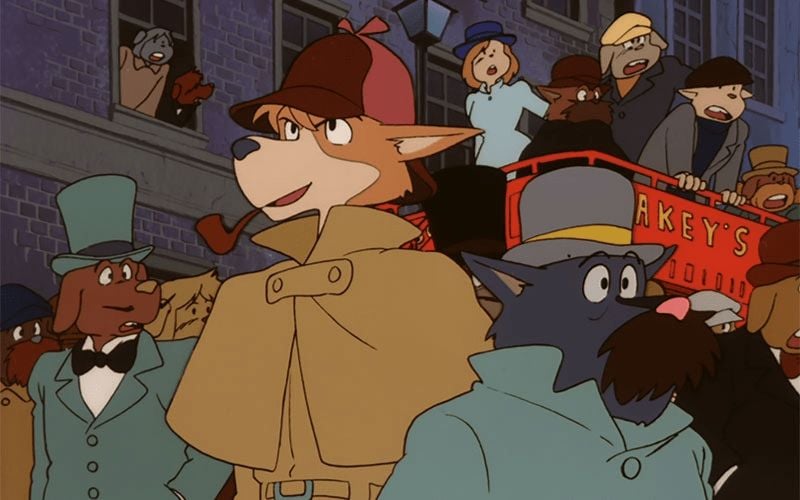

The Founding Stone Studio Ghiblis Formation
The success of Miyazaki’s early films was instrumental in the founding of Studio Ghibli. Alongside Isao Takahata, Miyazaki sought independence which led them to create a studio that would become synonymous with unmatched quality in animation. Studio Ghibli was thus born out of necessity. For Miyazaki and Takahata, founding the studio was a crucial step toward achieving the independence they craved…
. Their joint ethos was not to compromise on their artistic vision—a principle that would guide Studio Ghibli’s future endeavors.


A Timeless Influence Hayao Miyazakis Enduring Legacy
Hayao Miyazaki did not just make films; he crafted worlds that continue to inspire animators and storytellers across generations. His commitment to strong female leads, intricate plots, and environmental consciousness has set a high standard for animation worldwide. Reflecting on this legacy, Miyazaki has gained international acknowledgement as an excellent storyteller and maker of anime feature films,
whose influence will be felt for many years to come.
